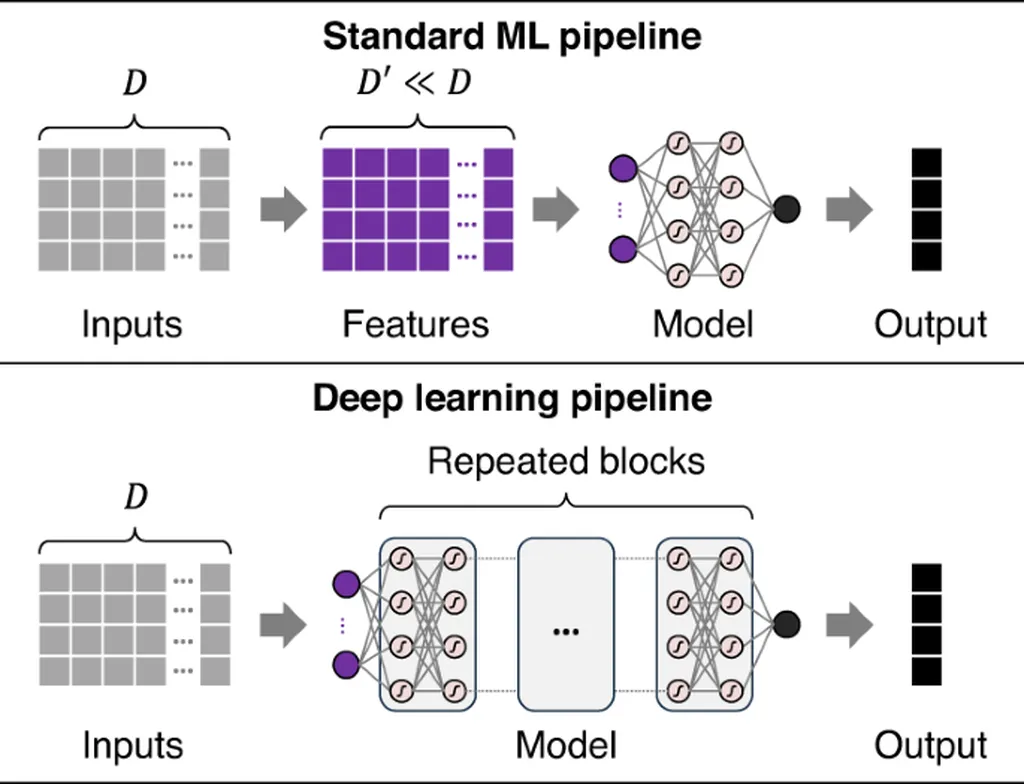In a groundbreaking development poised to revolutionize battery diagnostics, researchers have harnessed the power of machine learning to predict the state of health (SoH) of lithium metal batteries with unprecedented accuracy. This innovation, led by Jinsoo Yoon of the School of Chemical Engineering at Sungkyunkwan University in South Korea, promises to significantly enhance the efficiency and reliability of battery management systems, a critical component for the energy sector.
Traditionally, electrochemical impedance spectroscopy (EIS) has been used to diagnose battery health, but the process has been notoriously time-consuming and reliant on expert interpretation. “The conventional methods involve extensive modeling and fitting of complex EIS data, which can be both labor-intensive and prone to human error,” explains Yoon. This is where machine learning steps in, offering a faster and more reliable alternative.
The study, published in *Small Science* (translated from Korean as “Small Science”), employed four different machine learning algorithms to analyze EIS data. The results were staggering, with predictive accuracies exceeding 95%. This high level of precision opens up new possibilities for real-time monitoring and maintenance of batteries, which is particularly valuable in industries where downtime can be costly.
One of the most intriguing findings was the critical role of phase shift, a parameter often overlooked in conventional EIS interpretation. “Our feature importance analysis revealed that phase shift plays a pivotal role in predicting the SoH,” Yoon notes. This discovery not only enhances the accuracy of the predictions but also provides deeper insights into the electrochemical phenomena underlying battery degradation.
The implications for the energy sector are profound. Accurate prediction of battery SoH can lead to better performance optimization, extended battery life, and reduced maintenance costs. For industries ranging from electric vehicles to renewable energy storage, this technology could be a game-changer. “By attributing specific EIS features to their corresponding electrochemical phenomena, we can better understand the degradation mechanisms and develop strategies to mitigate them,” Yoon adds.
As the world increasingly turns to sustainable energy solutions, the need for reliable and efficient battery management systems becomes ever more pressing. This research not only addresses that need but also sets the stage for future advancements in battery technology. With the potential to integrate these machine learning models into existing systems, the energy sector can look forward to a future where battery diagnostics are faster, more accurate, and more cost-effective.
In the words of Yoon, “This is just the beginning. The insights gained from this study can pave the way for even more sophisticated models and applications, ultimately driving the energy sector towards a more sustainable and efficient future.” As we stand on the brink of this technological leap, one thing is clear: the future of battery diagnostics is here, and it is powered by machine learning.

